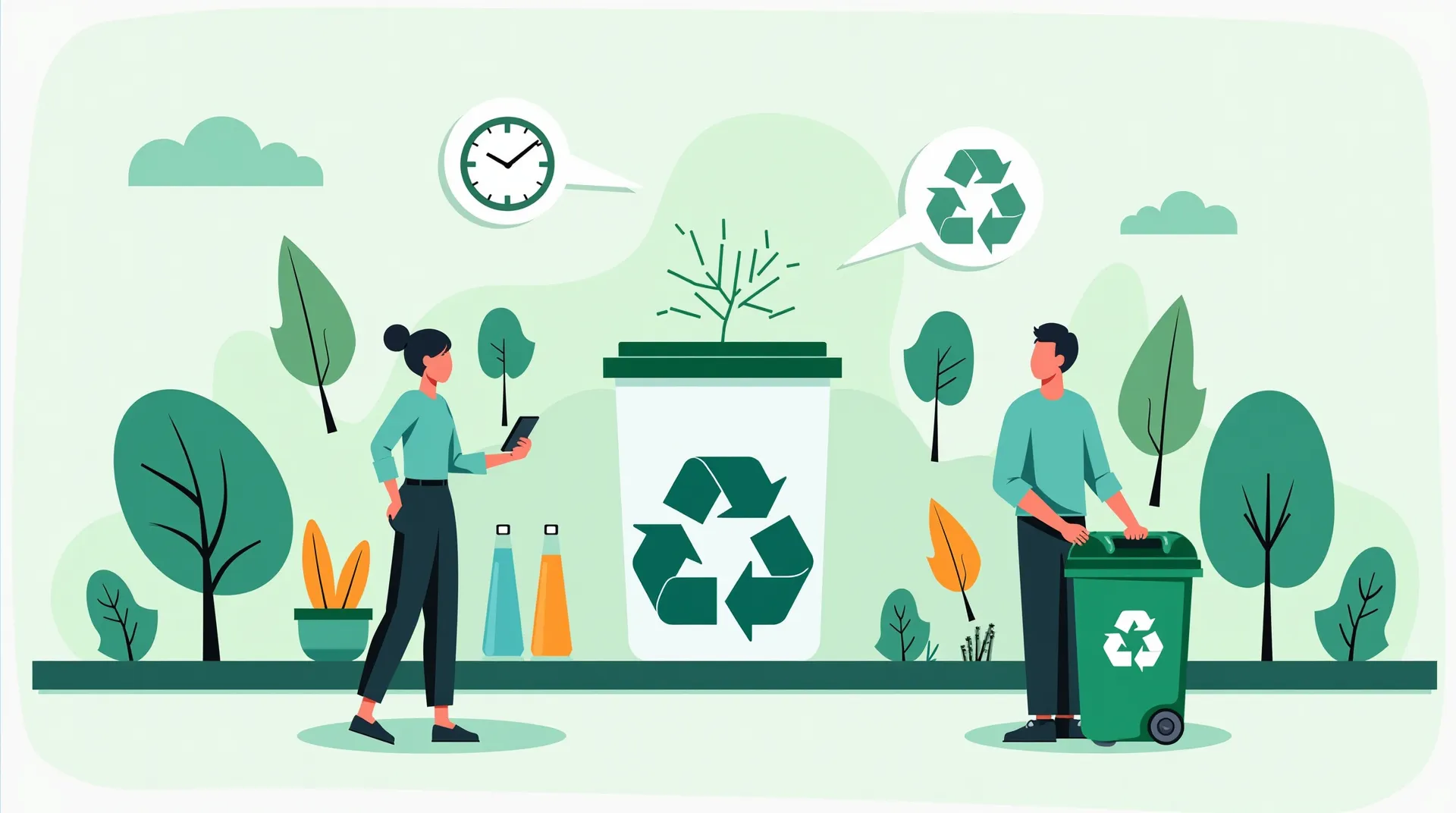Recycling rigid plastics has become a significant focus in the quest for environmental sustainability. As we approach 2024, understanding the latest trends in rigid plastic recycling is crucial for individuals and businesses aiming to implement eco-friendly practices. This article dives into the current trends, challenges, and best practices in rigid plastic recycling, providing you with the knowledge needed to make informed and sustainable choices.
What Is Rigid Plastic Recycling?
Rigid plastics, unlike their flexible counterparts, are characterized by their sturdiness and resistance to deformation. These materials include items such as plastic bottles, containers, toys, and certain types of packaging. Due to their widespread use, finding effective recycling methods is essential for reducing environmental impact.
Rigid plastic recycling involves the collection, processing, and repurposing of these materials into new products. This process not only diverts waste from landfills but also conserves natural resources by reducing the need for virgin materials.
Key Trends in Rigid Plastic Recycling for 2024
1. Increased Focus on Circular Economy
The shift towards a circular economy is one of the most significant trends influencing rigid plastic recycling. Unlike the traditional linear model of “take, make, dispose,” a circular economy emphasizes keeping materials in use for as long as possible. This approach is driving innovations in recycling technologies, making it easier to transform rigid plastics into new products repeatedly.
2. Advancements in Sorting and Processing Technologies
Advanced sorting technologies are revolutionizing rigid plastic recycling. New machines equipped with artificial intelligence (AI) and machine learning algorithms are improving the accuracy of sorting plastic by type and color. These technologies ensure that the recycled material is of higher quality, which is critical for producing new products that meet industry standards.
3. Growth in Consumer Awareness and Participation
Consumer awareness about the importance of recycling has been steadily increasing. Educational campaigns and clearer recycling instructions have led to more people actively participating in recycling programs. This trend is expected to continue into 2024, with more consumers demanding sustainable packaging and products made from recycled materials.
4. Legislation and Policy Changes
Governments around the world are enacting stricter regulations to promote plastic recycling and reduce waste. Policies such as extended producer responsibility (EPR) are placing more accountability on manufacturers to ensure their products are recyclable. These regulations are expected to push companies to design products with end-of-life recycling in mind, thereby increasing the demand for recycled rigid plastics.
5. Innovative Uses for Recycled Rigid Plastics
Innovative applications for recycled rigid plastics are emerging across various industries. For instance, construction companies are using recycled plastics to produce building materials, while the automotive industry is incorporating them into car parts. These new applications are expanding the market for recycled plastics, making recycling a more viable option economically.
Challenges in Rigid Plastic Recycling
While the trends are promising, several challenges remain in the rigid plastic recycling industry:
- Contamination: Contaminants in the recycling stream can reduce the quality of recycled plastics, making it difficult to produce high-quality products.
- Collection Efficiency: Not all rigid plastics are collected for recycling, leading to lower recycling rates. Improving collection systems is essential for increasing the supply of recyclable materials.
- Market Fluctuations: The market for recycled plastics can be volatile, with prices fluctuating based on the availability of virgin materials and changes in demand.
Best Practices for Sustainable Rigid Plastic Recycling
To overcome these challenges and align with the latest trends, consider adopting the following best practices:
- Educate and Engage: Increase awareness among employees, customers, and the community about the importance of recycling rigid plastics.
- Invest in Technology: Utilize advanced sorting and processing technologies to improve the quality of recycled materials.
- Collaborate: Work with local governments, NGOs, and other businesses to enhance recycling programs and support policy initiatives.
- Design for Recycling: Ensure that products are designed with end-of-life recycling in mind, using materials that are easy to recycle.
- Monitor and Adapt: Stay informed about market trends and legislative changes to adapt your recycling practices accordingly.
Conclusion
The future of rigid plastic recycling is full of opportunities, driven by technological advancements, increased consumer participation, and supportive legislation. By staying informed about these trends and adopting sustainable practices, businesses and individuals can play a vital role in reducing plastic waste and promoting a circular economy.
Embracing these trends not only benefits the environment but also positions you ahead of the curve in an increasingly eco-conscious market.



